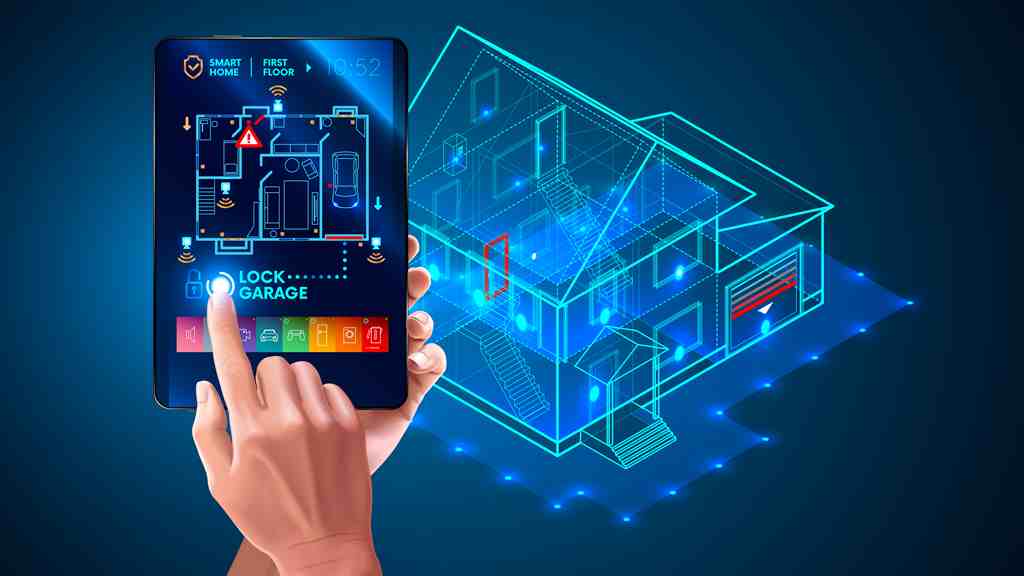Jenkins Automation: How Jenkins Works
DevOps has many phases within it, like Continuous Integration which helps us to continuously integrate all the parts of software development. And this is where Jenkins comes in, it is a continuous integration tool that helps us to integrate all the parts of software development process. Continuous integration is one of the most important terms used in DevOps when it comes to integrating different DevOps stages.
- Well, the first reason that most of the people will think is that there is some problem with the configuration.
- CI/CD, a key component of a DevOps strategy, allows you to shorten the development lifecycle while maintaining quality by automating tasks like testing.
- Upon earning certification, developers will be ready to tackle today’s common app design challenges.
- Jenkins is a continuous open-source integration written in Java.
- In that way, it is possible to isolate problems, solving them faster and provide higher-quality products.
- The open source tool he built, called Hudson, automated tests and builds and helped him understand whether his code would work much sooner.
With Jenkins, software companies can escalate the software development process, automating, building, and testing processes at a rapid rate. Jenkins https://www.globalcloudteam.com/ also allows you to track repeated tasks throughout a project’s development. In 2004, Kohsuke Kawaguchi was a Java developer at Sun Microsystems.
Git Rebase vs Git Merge: Which is Better?
Hence, Jenkins can be used for simple continuous integration as well as for comprehensive CD pipelines. Jenkins is a CI tool and a CI/CD tool but it is specifically a “continuous integration” tool, not a “continuous deployment/continuous delivery” tool. With hundreds of plugins in the Update Center, Jenkins integrates
with practically every tool in the continuous integration and
continuous delivery toolchain.

Next up in this what is Jenkins blog, we dive into using Maven with Jenkins. Maven project in Jenkins takes advantage of the POM files and reduces the overall effort spent on the configuration of the project. The Declarative Tools install stage completed in 2 seconds and the Build stage took 3 minutes and 25 seconds. In this section of What is Jenkins blog, we demonstrate the usage of the Declarative Jenkins pipeline for Maven project.
Jenkins Core Terminology
The Jenkins project was started in 2004 (originally called Hudson) by Kohsuke Kawaguchi, while he worked for Sun Microsystems. Kohsuke was a developer at Sun and got tired of incurring the wrath of his team every time his code broke the build. He created Jenkins as a way to perform continuous integration – that is, to test his code before he did an actual commit to the repository, to be sure all was well. Once his teammates saw what he was doing, they all wanted to use Jenkins. Kohsuke open sourced it, creating the Jenkins project, and soon Jenkins usage had spread around the world. Jenkins builds and tests our software projects which continuously making it easier for developers to integrate changes to the project, and making it easier for users to obtain a fresh build.
With the help of Dashboard, we can configure the jobs/projects but the build takes place in Nodes/Slave. By default one node (slave) is configured and running in Jenkins server. We can add more nodes using IP address, user name and password using the ssh, jnlp or webstart methods.
Jenkins Pipeline Tutorial For Beginners
A distributed Jenkins architecture uses a Master-Slave architecture to manage distributed builds. The setup uses the TCP/IP protocol for communications between the Master and the Slaves. If problems are identified on staging, they can go back to the developers for fixing before making it to the final release. DevOps personnel can also run manual tests on this environment to see if everything worked as expected and identify any significant changes that need to be made.

Then, the build application is deployed on the test servers (pre-production servers) for User Acceptance Test (UAT). CI/CD, a key component of a DevOps strategy, allows you to shorten the development lifecycle while maintaining quality by automating tasks like testing. In short, a successful implementation will help you test more often and deploy faster with high quality. Jenkins runs as a stand-alone package or on a Java application server. The user interface is web-based and comes with a REST API in both cases. The software was built and tested as soon as a developer committed code.
How To Setup Master & Agent(s) In Jenkins?
You have some extra options such as full stage view, that lets you view the stages a s whole. Click on build view and once the processing gets completed you can see the logs for all the stages that have been completed. Under Build Triggers we will be selecting the “GitHub hook trigger for GITScm polling” option again.
To improve the usability and functionality of tools like Jenkins, you can use cloud-based cross browser testing platforms. One such platform is LambdaTest that also offers a Jenkins Plugin to accelerate your automated browser how jenkins work testing activities. With LambdaTest, you can perform tests on 3000+ combinations of browsers, operating systems, and devices. Jenkins Pipeline is instrumental in adding a rich set of automation tools onto Jenkins.
To get more information about how to install about the pipelines system Administration visit on the below link.👇👇👇
On April 20, 2016, version 2 was released with the Pipeline plugin enabled by default.[17] The plugin allows for writing build instructions using a domain specific language based on Apache Groovy. Apart from these, many tools help with the analysis and reporting of tests. Some of these are Tests Analysis Plugin, Test Results Analyzer, bootstrapper-multi-test-reports-plugin, Junit publisher plugin, etc.

Currently, Jenkins is one of the best CI/CD tools and is essential for DevOps and agile teams. For more DevOps topics, check out our list of the best DevOps tools. Therefore, a build is one run of a defined project with various steps. Agents in Jenkins help provide better performance by load balancing builds and creating a secure environment, separate from the controller. One node is the central control unit and organizer, known as the controller.
Jenkins Pipelines
Looking towards the future, Jenkins has found a sweet spot in many DevOps environments. The future looks very bright for Jenkins as a key enabling technology for CI/CD pipelines for companies around the world. Jenkins triggers a build upon every commit to the source code repository, typically to a development branch. So, developers in India would be forced to commit their code in the middle of the day and then wait for the “nightly” build to run, affecting their productivity. Then, once the build completed, the development teams would often be faced with the question of, “Who broke the build? At this point, the development teams would scramble to determine who’s commit broke the build and the finger-pointing would begin.
